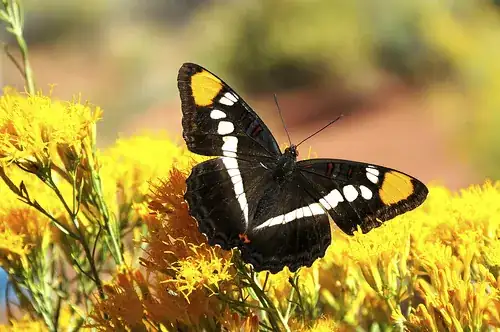I've heard many times that touching a butterfly will remove some "special" powder from its wings preventing it to ever fly again, effectively killing it or condemning it to die of starvation.
Example on a blog:
When you touch a butterfly, you get dust on your hands. Ever wondered what it really is? I did, but never thought this much about it before. Butterflies and moths belonging to the genus Lepidoptera, meaning scale-wing, are named referring to the scale cell structures on its wings. [...]
Butterfly wings will not be structurally sound and strong if you remove a bunch of them, thus harming the small insect. This[sic] ridges of our fingerprint or oil on our skin is more than enough to pry these wing scales loose, even with the slightest (caring) touch. The dust that comes off, when you touch a butterfly is its wing scales. Be careful next time you wish to touch it! You could endanger it’s[sic] life without meaning to harm it.

Photo credit: Flickr
Poor butterflies! We should never ever touch them, right? Or is it a cute myth?